
How To Build Beautiful Places
The late architectural theorist Christopher Alexander offered a vision for a livable future.
The architect Christopher Alexander died recently at the age of 85. Alexander was one of the most influential and unique design theorists of his time. The New York Times described him as:
“a fierce anti-modernist [who] championed vernacular structures, becoming a counterculture hero to many … a theorist who believed that ordinary people, not just trained architects, should have a hand in designing their houses, neighborhoods and cities and proposed a method for doing so in writing that could be poetically erudite, frustratingly abstract and breathtakingly simple.”
To discuss why Alexander’s work is so interesting, and to introduce it to those who have never encountered it before, Current Affairs editor-in-chief Nathan J. Robinson spoke with Daniel Ohrenstein, an Alexander-inspired city engineer in Sarasota, Florida. Dan is the person who first introduced Nathan to Alexander’s work and is therefore indirectly responsible for all of Current Affairs’ most controversial takes on architecture. Nathan and Dan discuss why Alexander’s work is worth reading and how his ideas can help us build a more beautiful, sustainable, and harmonious world.
The interview has been lightly edited for grammar and readability.
NATHAN J. ROBINSON
Today, we’re going to talk about one of my intellectual heroes, Christopher Alexander, someone I’ve written about in Current Affairs a number of times. He’s also someone who has gotten me in a bit of trouble, because when I write about Alexander’s ideas, I get a lot of people on the internet angry at me about my takes on architecture.
Let’s start with why you think Christopher Alexander’s work is important or significant or worth engaging with at a broad level.
DANIEL OHRENSTEIN:
So, people like Adam Curtis observe that today we have very few ideas of what a good future should be like. These days a lot of old ideas have run their course. But ideals, like the world you see in Star Trek, these types of utopian ideas—it’s hard to imagine a new future where humans are happy, a world that’s beautiful, that’s worth living in, that fits well together, where people have meaning and belonging.
And I think Christopher Alexander is one of the key thinkers we need in order to get to that new kind of world—a world we can imagine even in this modern era of total fragmentation. Overall, I think there are three main areas where we should pay close attention to Alexander, where he starts guiding the way to a new future.
First, his critique of modernist design and planning. It’s a very powerful critique. It goes a bit beyond Jane Jacobs. Jacobs is terrific, one of the great planning thinkers of all time. She describes the problem, she’s great with economics. But Alexander was one of the key thinkers after Jacobs who asked the question: How do we knit this torn fabric back together?
Second, new approaches and perspectives. Alexander came up with some things that we can really take into the future, and asked fundamental questions about how we run society. What is our process for making things? How might we adapt that to make the world more alive and more sustainable in the future? In an era of so much technology and information, he offers new ways of thinking about industrial design. It’s grouped into “architecture” at a very abstract level, and he was an architectural theorist, but he asked how we might be able to restructure society into a better one that is more whole.
Finally, pattern languages. That’s one of his key inventions. [Alexander’s best-selling book is the influential A Pattern Language.]
ROBINSON:
One thing that appeals to me about his work is his willingness to be almost childlike. Children look at things that are passively accepted and they ask “why.” They demand answers. In a biography written about Alexander called Christopher Alexander: The Search for a New Paradigm in Architecture, he’s quoted talking about how, when he was an undergraduate studying architecture at Cambridge University, he got interested in the question, “What makes a place beautiful?” So, what makes a place really pleasant to look at and be in? Why do we return to certain buildings, why do they get put on postcards? Why do people travel the world to see certain beautiful buildings but they don’t travel to see, you know, a business park in suburban Florida?
And Alexander said he couldn’t get an answer. He said he went to the great positivist philosopher A. J. Ayer, who was then at Cambridge, and asked him, and Ayer said it was some kind of “verbal problem,” like “how are people using this word?” or something. Alexander was very unsatisfied. But he wouldn’t let it go. And he thought it was very strange that people in architecture did not take seriously the question of how to make a really good place that has qualities that produce human satisfaction.
Noam Chomsky says that one of the starting points of insight is the “willingness to be puzzled” by things that don’t puzzle other people, that are taken for granted. And for me, the fact that Christopher Alexander was willing to be puzzled by this thing that other people just didn’t even consider is something that sets him apart.
OHRENSTEIN:
He had a beautiful way of phrasing ideas and concepts, his language is very poetic. You can tell when you’re reading his books that they’re just inflected with such deep thought and emotion. He had a way of getting things back to basics. I think it’s also rare to find a thinker who can bridge the gap between, let’s say, the abstract notions of quantum mechanics and the details of a door hinge. Very few people have that kind of breadth of thought. He is someone who can tie it all together.
ROBINSON:
Let’s start with the first item on your list of his contributions. Before we get to his positive ideas, let’s talk about what he sees as being wrong with most of architecture and design. Alexander has this incredible debate from 1982 with the Yale architecture professor Peter Eisenman where they really go at each other, because Alexander talks about the importance of harmony and joy in architecture, and Eisenman talks about the importance of discord and disharmony. Eisenman says the universe is a fundamentally chaotic place and architecture has to reflect that. Alexander is horrified by this and accuses Eisenman of “fucking up the world.”
Perhaps you could explain the starting point of Alexander’s critique of the way things are done now.
OHRENSTEIN:
When you think back to the modernists, like Le Corbusier and the Congress back in 1928, they started down this whole track of industrial design. They thought that simple geometry, starkly posed, created its own kind of magnificent beauty. Nir Haim Buras, in The Art of Classic Planning, talks about how the modernists got on this track that was completely separate from the rest of history, where they start to explore this different kind of aesthetic experience we could call the sublime. So there’s the beautiful. But then there’s the sublime, which is kind of supernatural terror. Like an iceberg that totally dwarfs you.
ROBINSON:
Or Cthulhu.
OHRENSTEIN:
Right, or Cthulhu. It’s a kind of aesthetic experience. A horror show. So these new ways of making things, mass production, the scale of massive grain silos and such, are what Le Corbusier admired. He said I love the engineers and what they’re doing with everything. So they got into this aesthetic of acceleration and speed, but simplicity.
There were other theories incorporated, like germ theory. The idea was that we need to get out of the Victorian era, where we have all these details where the germs hang out. Like the wainscoting of your home. That’s what we need to eliminate: all the crown molding and such.
ROBINSON:
So ideas of purity, cleanliness, the purging of imperfection. Is that why “ornament is crime”?
OHRENSTEIN:
Ornament is crime, absolutely. Architecture goes through different movements. It goes from very ornate, like the high rococo period, to swinging back to having fewer details. It has had those periods before. But what was unique about this period in the 1930s was that you saw the rise of new building technologies, steel construction and reinforced concrete.
In order to learn how to actually use these materials, you need to spend a lot of time running equations and looking at strength diagrams. So in this period, the act of building became a lot more specialized. Corbusier experimented a lot with reinforced concrete. You needed specialists. So the art of building and the act of building became fragmented. In the past, community members had rules of thumb that they would use to build new structures—how far windows should be apart, and the columns and the studs and all that. You got away from all that. Architecture was something that stood apart from the masses of people, because you had to understand Newtonian physics in order to start designing these things.
So architecture got into its own track, where they explored the technology for the sake of exploring the technology: what are all the weird and wonderful things that could be done? Coupled with this impulse toward the “sublime,” it made for a confluence of bad ideas and bad taste in architecture that has never really been remedied. The specialization meant it got to the point where architects thought they could completely dismiss popular opinion. I mean, some architects. The high modernists. We’re talking about the people in the turtlenecks. And when they think they can poopoo the tastes of the masses, and will tell you what is good for you, then if you’re someone in an office, you become alienated from your surroundings.
Part of Alexander’s critique is that we have lost our sense of belonging. There’s no reason why you can’t talk to people and see what they actually like, or ask how their desks should be laid out. In The Nature of Order, he talks about custom-making a cabinet based on someone’s specific needs. I think he worked a bit with Herman Miller to custom design cabinetry and office furniture. So he was critiquing elitism. Human needs, desires, dreams, what makes people comfortable—that hasn’t changed. But what has certainly changed is building technologies and the fact that the process of design is now a big mystery box.
What Alexander does throughout all of his works is demystify the process. He says you have a valid voice, even if you don’t understand these building technologies. And you should be centered. The architects and engineers should care about what you, as someone who belongs to this community, thinks about what you should live in every day.
I worked a bit in Boston, and I spent a bit of time in Boston City Hall, which is the most infamous ugly building in the world. All-time champion of ugliness. It’s kind of touching, though, to see the government workers making little measures to try to make this place habitable. Little office plants and things to make it more human.
So it’s like: are you thinking of how much light gets to people? Can they look out a window, because it’s important for your eyes to relax every once in a while? And modern architecture portrays itself as being thoroughly, rigorously scientific, more cost-efficient, but none of these things are necessarily true. There are lots of examples of newfangled buildings that have huge cost overruns. And if you’d just built it in the more traditional way, it would have cost a lot less. And in terms of science, modernist architecture beginning with Corbusier starts to ignore the scale of humans. Like “Do we have to have these funny creatures who live in these structures?”
ROBINSON:
Peter Eisenman, who I mentioned earlier, has a marvelous quote, something like my job is not to think about what people want, it’s to think about what they would want if they knew what they should want. He once designed a house that was so bizarre, very geometrically innovative but totally inconvenient. The clients could barely inhabit it successfully. (“Eisenman grudgingly permitted a handful of compromises, such as a bathroom.”) This is actually parodied in Evelyn Waugh’s Decline and Fall, which features a modernist architect who resists including a staircase in a house on aesthetic grounds. (The architect, a clear parody of Le Corbusier, says that “the problem of all art [is] the elimination of the human element from the consideration of form. The only perfect building must be the factory, because that is built to house machines, not men. … I suppose there ought to be a staircase. … Why can’t the creatures stay in one place?”)
When architects design with CAD software, they have these little things called “scalies,” which are tiny representations of people that you litter your model with to simulate human inhabitants. You also look at your building from the God’s eye view. Not from the first-person subjective experience. So one of the things that Alexander does is start from the point of view of the subjective experience of those who have to live in a space. And there’s something radically democratic about his project, this idea that if a thing is beautiful, it shouldn’t only be the people who know the math behind it who can appreciate the beauty. It should be everyone who lives and works in the space.
One more example: New York City had this brand-new library building that cost tens of millions of dollars, hailed by the New York Times as a design masterpiece, “among the finest and most uplifting public buildings New York has produced so far this century.” Weeks after the thing opened, there were reports of what a disaster it was. The elevator was too small for strollers, annoying moms. The adult fiction section was up steep stairs and they had to move it and leave a dead space. There were leaks when it rains. But it was a critically acclaimed work of design.
And so one thing valuable about Christopher Alexander is that if he built a library, it would start from the point of view of the libraries and patrons, not with the architect who wants to build some glittering jewel, a monument to themselves.
OHRENSTEIN:
I think ever since Frank Lloyd Wright did the Guggenheim Museum, everyone thinks they have to design an absolutely unique marvel for the museum or library. In terms of point of view, Alexander, in one of his books, imagines himself sitting down at a table cutting open an orange, and imagining what the room beyond him looks like. That’s a totally different perspective from the high-level or God view of this giant contorted cube of a building, or drone shots, perspectives you would never have. Flying through the sky looking at a building. Renderings can be very deceiving. And a lot of architects are so obsessed with the abstruse terms of the geometry and the little transformations they’ve done, whether or not the center is occupied, or iterations of certain patterns, that they’ve totally lost track of the people inside.
ROBINSON:
When you open Alexander’s book A Pattern Language and start flicking through, one of the first things that surprises you, is that this is a guide to the elements that are needed to make great places but it has this bizarre and surprising mixture of things. You see things about how to design walkable cities and good roofs, but then there are suggestions like “Old People Everywhere.” It says a good city should have a mix of ages, lots of old people about. One of the recommendations is “A Carnival.” Or “Dancing In The Street.” My favorite is “Child Caves.” Any good space should have smaller spaces that are only accessible to children, because children love to have a little cave they can go in. All of these things are not elements of design as traditionally conceived. They are taking aspects of human life that make being alive joyful and interesting and then treating those as being important design elements.
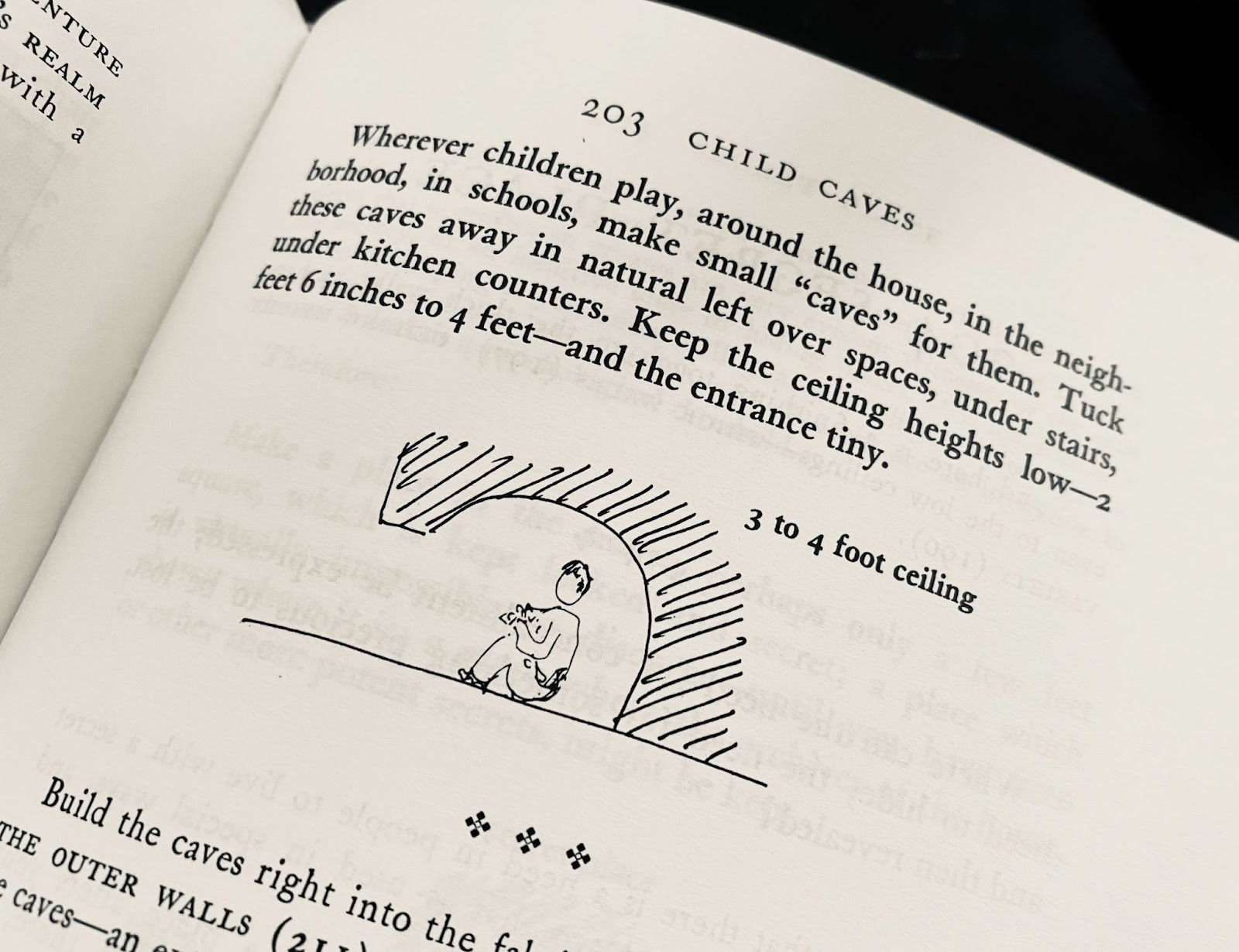
OHRENSTEIN:
Certainly. What emerges from A Pattern Language is a vision of life and how it should be. A society where people are mixing and aren’t isolated. There’s a good saying: when the revolution starts, everyone should know where to go. And if you think about your town, what is the public square? Having a center or public square where people gather is part of being in a real city. Having civic life means having these public spaces. And in these spaces, you can have carnivals, you can have old people and young people playing chess outside. What makes an idyllic city? It’s certainly one that has social engagement.
Another suggestion in A Pattern Language is animals everywhere. I was at Whole Foods the other day and I got startled by a sandhill crane. It came up to me and squawked. That kind of interaction is important. Like: Don’t forget there are other beings that inhabit the planet.
ROBINSON:
It’s so important! Because one of the things you realize when you go through a perfectly manicured cul-de-sac in a new development in our home state of Florida is just how dead everything is. It’s the same feeling I’ve had in places like Hudson Yards in New York City, this billionaire playground, these giant, hideous skyscrapers. There are no animals. When I go into a bookstore that has a cat, the bookstore is enriched by the cat. It is a better bookstore because it has a cat in it.
Same when you go into a space and there are birds chirping. A couple of years ago, I interviewed the artist Molly Crabapple, and we talked about architecture and one of the things she said about a good building is that there have to be places for the birds to live. That’s not part of “architecture” as traditionally conceived, but if we’re talking about the design of places that make life worth living, animals are part of it.
OHRENSTEIN:
It’s also part of the battle for sustainability. If you think of a glass cube—there are so many glass cube offices—there are no niches, no habitable zones. It’s flat, there’s an immediate transition between the indoors and outdoors. In nature, you see these zones of gradation. Wetlands are just off the shore. In modernist design, there’s a radical simplification of cities and geometry that is inimical to living things and creating interesting places. So if it’s not flat, if at the very least there are balconies, the birds can hop on and off the balconies.
ROBINSON:
You know, I live in the French Quarter of New Orleans, and I wouldn’t rather live anywhere else. But I’ve tried to think before about what it is that makes the French Quarter itself. When you look at the individual buildings, they’re actually often nothing special. They’re often not particularly elaborate. They’re cubes, but with shutters and a balcony. But it’s a beautiful neighborhood. It’s a place that people flock to from all over the world. Because it’s rich with color and with life. There are these beautiful little courtyards, abundant with plants. And things have a history to them, everything seems to overflow with stories, the past is embedded in the present. Things are also very much built by hand, and there are tiny bits of ornamentation everywhere.
Alexander has this book The Timeless Way of Building where he talks about this thing he calls “the quality without a name.” And he says: you can’t label it. It has no name. But it’s something that makes a place perfect, or gives it “life” or “wholeness” or “harmony.” No word quite captures this quality, though, he says. How would you describe it?
OHRENSTEIN:
The quality without a name, I think it’s kind of sleepiness. A sleepy place, or a place that feels like it’s been there forever. Like you’ve walked out of a dream and it’s there. And if you leave, it’ll be there when you come back.
Specifically with the French Quarter, I haven’t been to New Orleans, but there are all these really nice balconies and arcades against the street and it’s one example of an “in between zone,” part inside and part outside. And that kind of gradation of space helps generate life in the sense Alexander was writing about.
Part of the “quality without a name” is the intention with which it’s built. Alexander had really, really high standards for how architects should approach their building. So it’s not just like a process where you get a request from a client, you do a space study, you look at the zoning code, you do an outline of a building, you think of what would would be suitable for these purposes, and go from there, sourcing whatever prefabricated parts fit in this spot. What Alexander was striving for was that architects should love their buildings like parents love their children. Every detail of the building—every windowsill, the door handles—there should be that much attention to detail and care all over the different items of a building.

With “the quality without a name,” Alexander was trying to get to an effect where it looked timeless. Like the English countryside or rice paddies in China, where it had just been there for centuries, and you’d leave and come back and it would still have that defining characteristic of place. A number of different philosophic systems believe in a kind of genius loci or spirit of the place. And Alexander was very kind of Taoist, and tried to tap into how architecture could be harmonious with that genius loci or spirit of the place. What Alexander critiques is the modern way of building focused on speed, efficiency, cost, all these different factors that take precedence over building a timeless place.
In his last book, The Battle for the Life and Beauty of the Earth, Alexander talks about how it’s impossible to make anything that looks ordinary anymore. Especially in Florida, you have all of these buildings that are kind of postmodern and eclectic, but what are they? It’s difficult to pin down what they are exactly, but they don’t look ordinary. There’s something off, or something fragmented, about them.
Alexander noted that there are all these elements in the built environment that don’t make any sense. I’ll give an example. I was at a juice bar this morning up in Lakewood Ranch, in a commercial strip mall. And this shop is facing due south. So you get the southern sun, it blasts quite a bit from the south. It’s clear they’re at war with the sun because the windows are tinted, the shades drawn in front of all of them. So to keep the sun from getting in, there are these faux awnings. They’re really tiny and really narrow. They’re not thick enough to provide shelter. You couldn’t stand underneath them to protect yourself from the rain, and they’re so narrow and so elevated that they don’t provide any shade. If you had a real awning, that actually did prevent the direct sun from getting into the space, they wouldn’t need the tinting and the window shades. So you have a cartoon of an awning that isn’t serving the building well.
What Alexander did is point out these little details that may have been copied a million times that no one thought critically about, and that make cities poorly adapted to themselves. In a larger sense, he has a critique of the idea of limitless subjectivity, or relativism, just by pointing out that there’s such a thing as good and bad design. There are things that are fit for purpose and things that aren’t. And it’s not all subjective.
ROBINSON:
One point Alexander makes emphatically is that “beauty” is a real quality, that there are better and worse buildings, and a lot of the buildings that win the highest prizes in architecture are objectively bad in that they are poorly suited for their purpose. Boston City Hall was an award-winning building, but it’s not just ugly, it has this windswept plaza in front of it, this giant empty space that they demolished a whole neighborhood to build. And it has no shade, so you can’t sit there in the summer, and it’s so vast that in the winter you can’t sit in it because it’s freezing with the Boston winds. It’s a big, treeless, benchless, empty, stupid plaza that they tried for decades to improve and failed. It’s a failure of a space. And Alexander encouraged us to think about failed and successful spaces.
OHRENSTEIN:
And there is such a thing, right? It’s not all one guy’s opinion versus another guy’s opinion. Things are well-designed or poorly-designed. One of the patterns in A Pattern Language is “small public squares.” They write that squares should be made smaller than is commonly supposed, the critical thing being that you have the right pedestrian density to make the space feel active, not just these barren, windswept plains. Boston’s a good town, by the way. Shout out to Boston, it’s a thrilling place to be.
ROBINSON:
I can’t sign on to that.
OHRENSTEIN:
But definitely everyone agrees that Boston City Hall needs some improvements and it’s poorly suited to purpose. But if you’re just obsessed with the image, and with drawings, and with making these kinds of abstruse geometric transformations, and simplifying everything, you’re not going to catch the human scale or what it means to inhabit the space.
In the debate with Eisenman, Alexander talks about the question “How would I make a good table?” What are the elements that make a table good? It’s certainly not something where you have, say, a knife sticking out on all sides as a commentary on nuclear war. It’s not fit for purpose. You can make all the commentaries about nuclear war that you want, but it doesn’t need to be part of a table that should be for eating or relaxing or whatever other human purpose you need. Putting in a layer of commentary means nothing can be whole anymore.

In terms of beauty, I spent a bit of time at what you could call a “high design” school. And there the idea of beauty can just be snickered at, as a value. But you can say “Oh that’s passé” or “That’s just subjective,” but beauty in architecture can be measured and defined geometrically. Something Alexander identified is that we should put beauty foremost as a cultural value. And you see so many areas of modern culture where beauty is only thought of ironically, not understood as an ideal to strive for.
ROBINSON:
In theory we can say that beauty is subjective, but in practice there are people who come to New Orleans to look at it. Why don’t they go to Slidell, to look at Slidell? Well, because they don’t like strip malls and gas stations. But why? What’s causing the difference in reaction? Why is there no pleasure in looking at a gas station? It’s a serious question.
I wanted to go back to what you said about Alexander striving for perfection. Yes, he does believe in this process where you labor over every aspect of a place, you think about how every part relates to all the other parts, you think about people’s experience of using a desk and whether the sun’s going to get in their eyes, and if they’re warm or cold, and whether it’s nice and cozy to curl up in this corner or if it’s drafty, and you make little ornamental touches that add a certain sense of joy. That is a kind of perfectionism or obsessiveness. But on the other hand, it’s perfection in particular aspects.
Alexander talks about an experience he had in Mexico City going to the House of Tiles, one of the most beautiful buildings in the city, covered in all these hand-painted tiles. And the thing he noticed is that when you look at the building from a certain distance, you get this incredible experience of beauty from this hand-painted building. But when you look up close, you realize a lot of the paintwork on these tiles would be considered “sloppy” by modern standards. The tiles don’t really match up, the paint shades don’t exactly match, there are little blotches here and there. And Alexander said: but that’s okay, because we’re not striving for that kind of perfection. He says if you had mass-manufactured the tiles, they would be more consistent, but also less beautiful. It’s about what you’re choosing to focus your perfection on. So a mathematically precise obsessiveness may take a great deal of labor and thought. But what are you putting labor and thought into? Alexander said: you assume these tiles aren’t well-painted, but they are, because the painter was thinking of the right thing, the soul of the building.
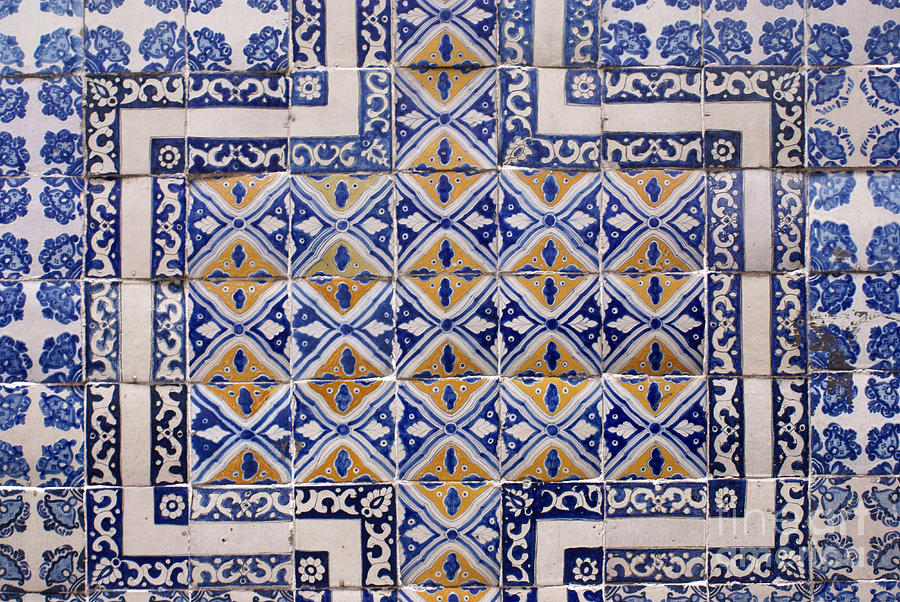
OHRENSTEIN:
Yes, Alexander points to the process. How ideas, plans, paintings are generated. I am drinking out of a hand-painted teacup right now, and it’s more meaningful that way. He had high standards for the process, it should be inclusive, thoughtful, and generated from the people who are most impacted by it.
For example, when Alexander did the Eishin campus [a school Alexander built in Japan], he writes about how he put up stakes on the site, and tried to visualize the community into the place. And sometimes, the initial stakes would be completely off, and then all the different community members—the literal stakeholders—would be there imagining the place together. That kind of idea makes the design process itself more alive and more interesting. You tap human emotion and creativity in a way you’re not going to get if you send out for an architect to design something who plops the design right there.

ROBINSON:
I wanted to talk about the school. Because Alexander wasn’t just a theorist. He built a number of projects over the course of his career, the largest of which was this school in Japan. His final book, The Battle for the Life and Beauty of the Earth, was about the process of building this school. It’s fascinating because it’s an attempt to put his philosophy into action. He had all these ideas about people participating in making their places, and everyday beauty, and little handmade things. But what does that look like in a big project like building the campus of a school?
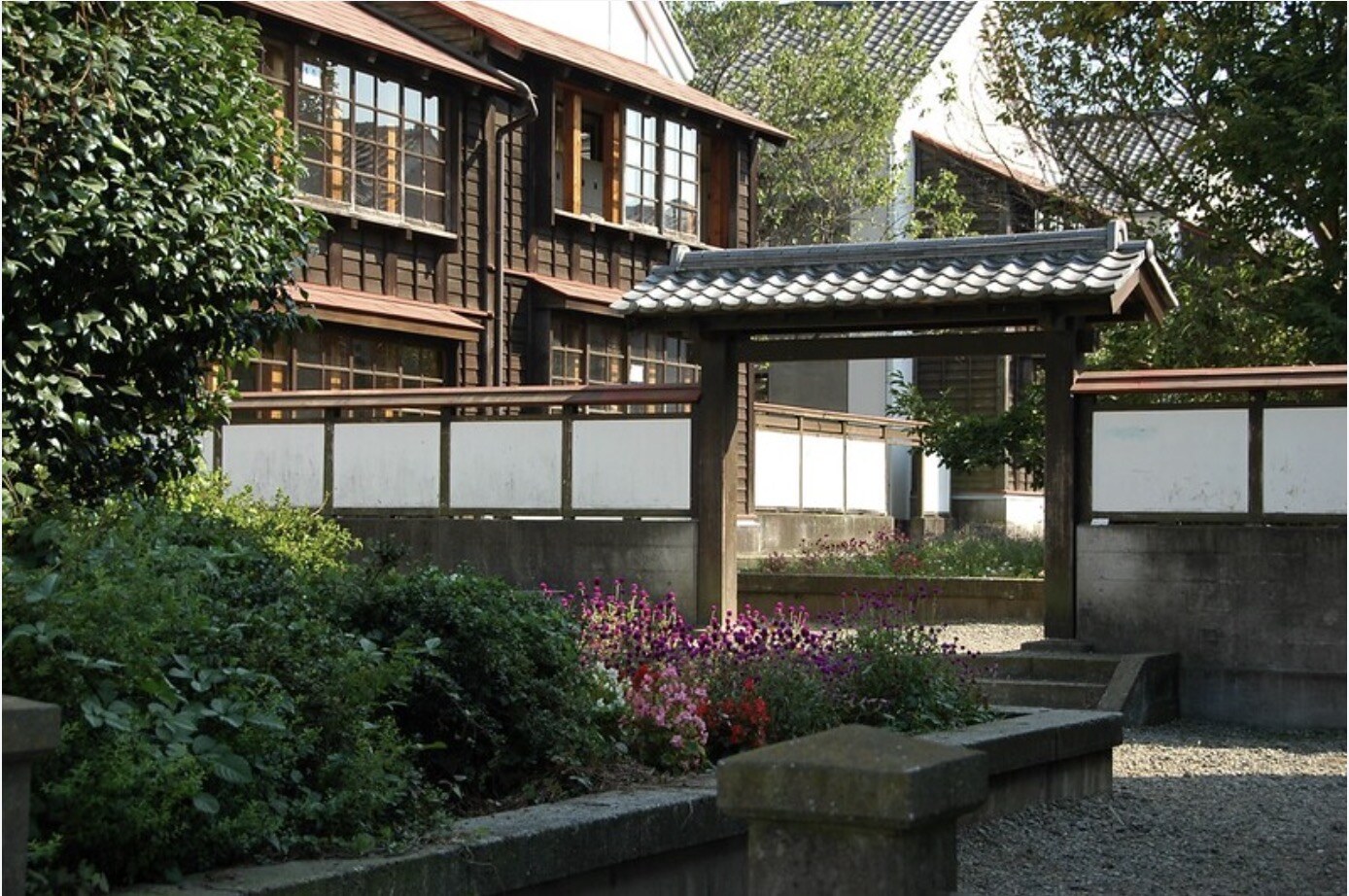
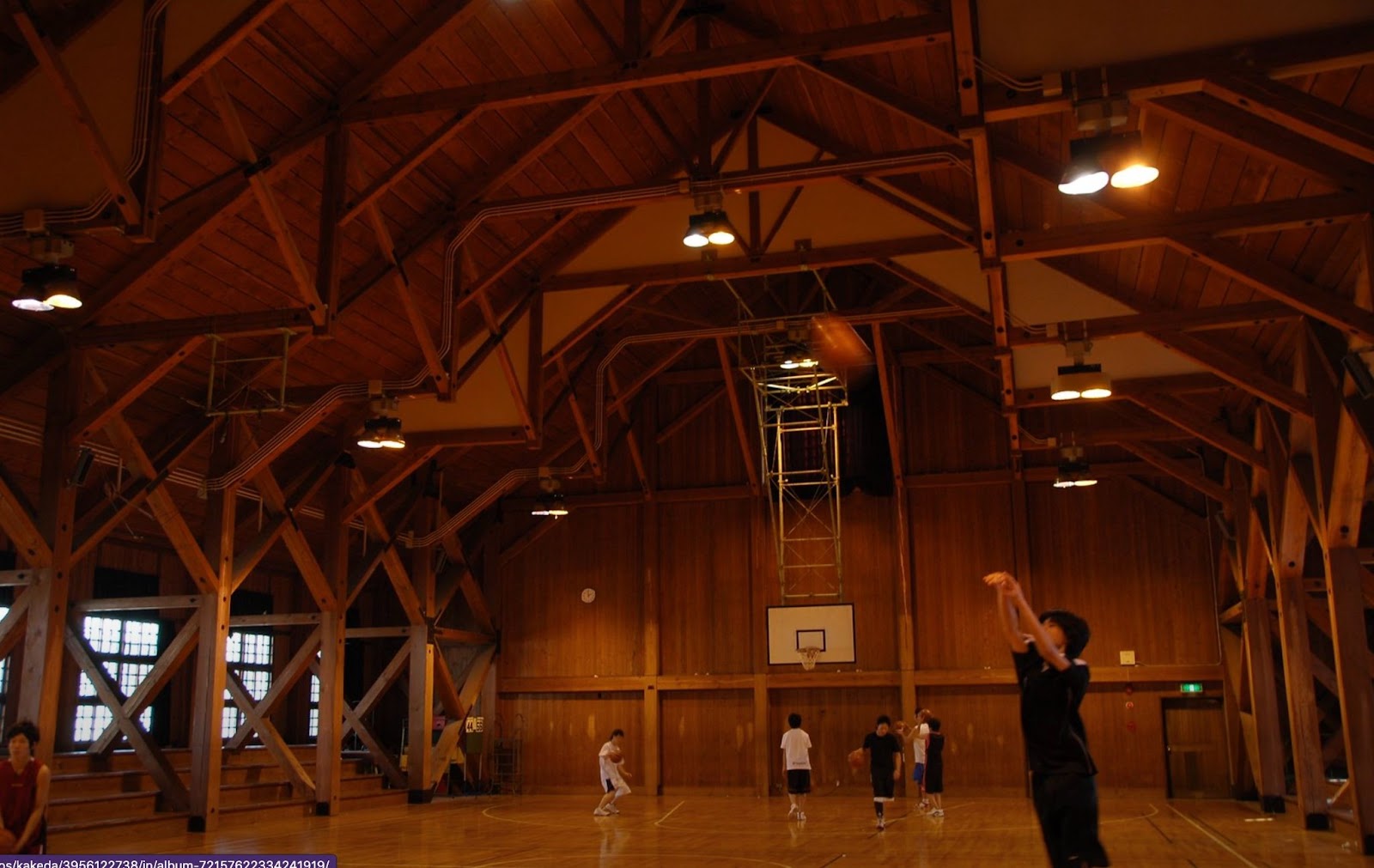

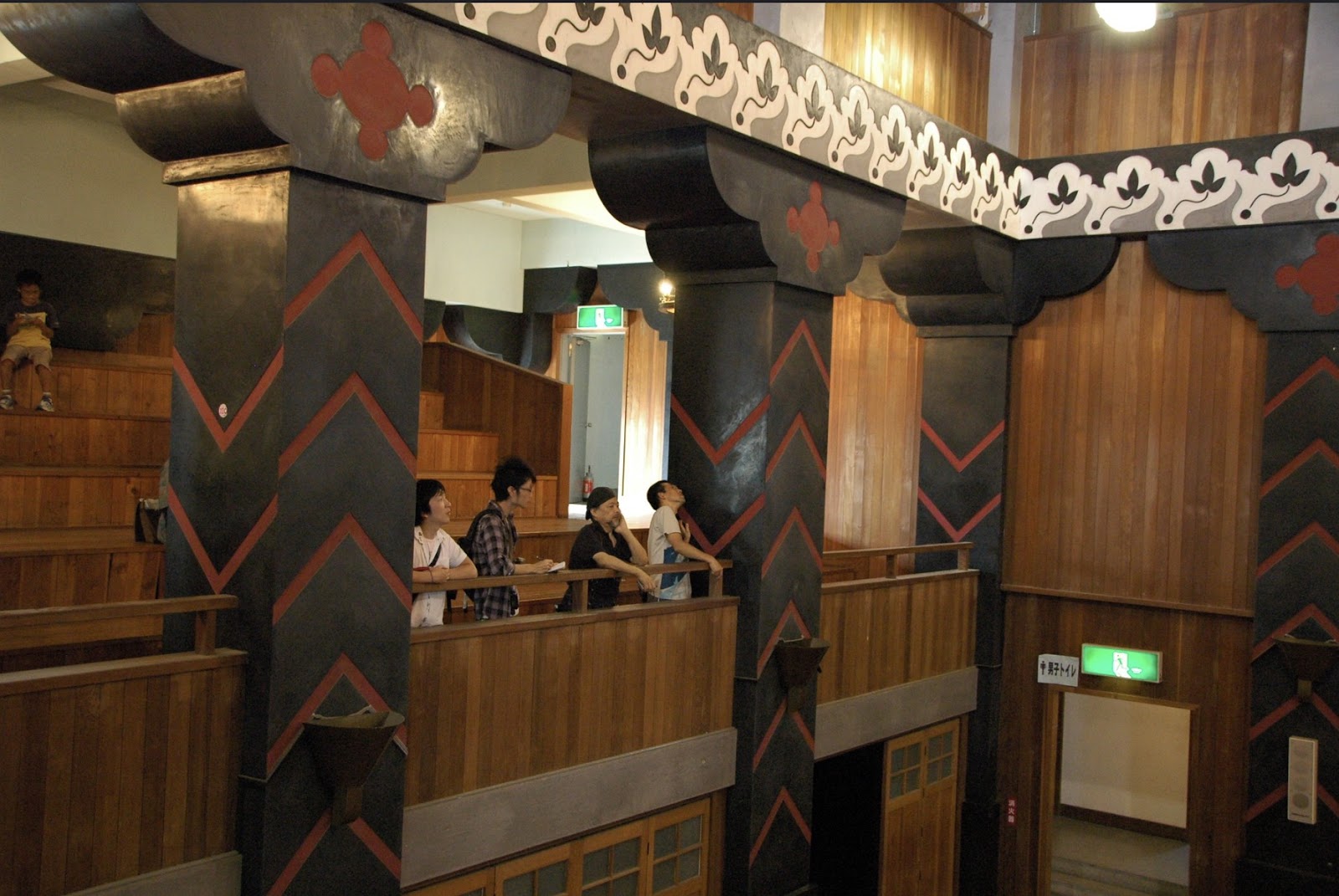
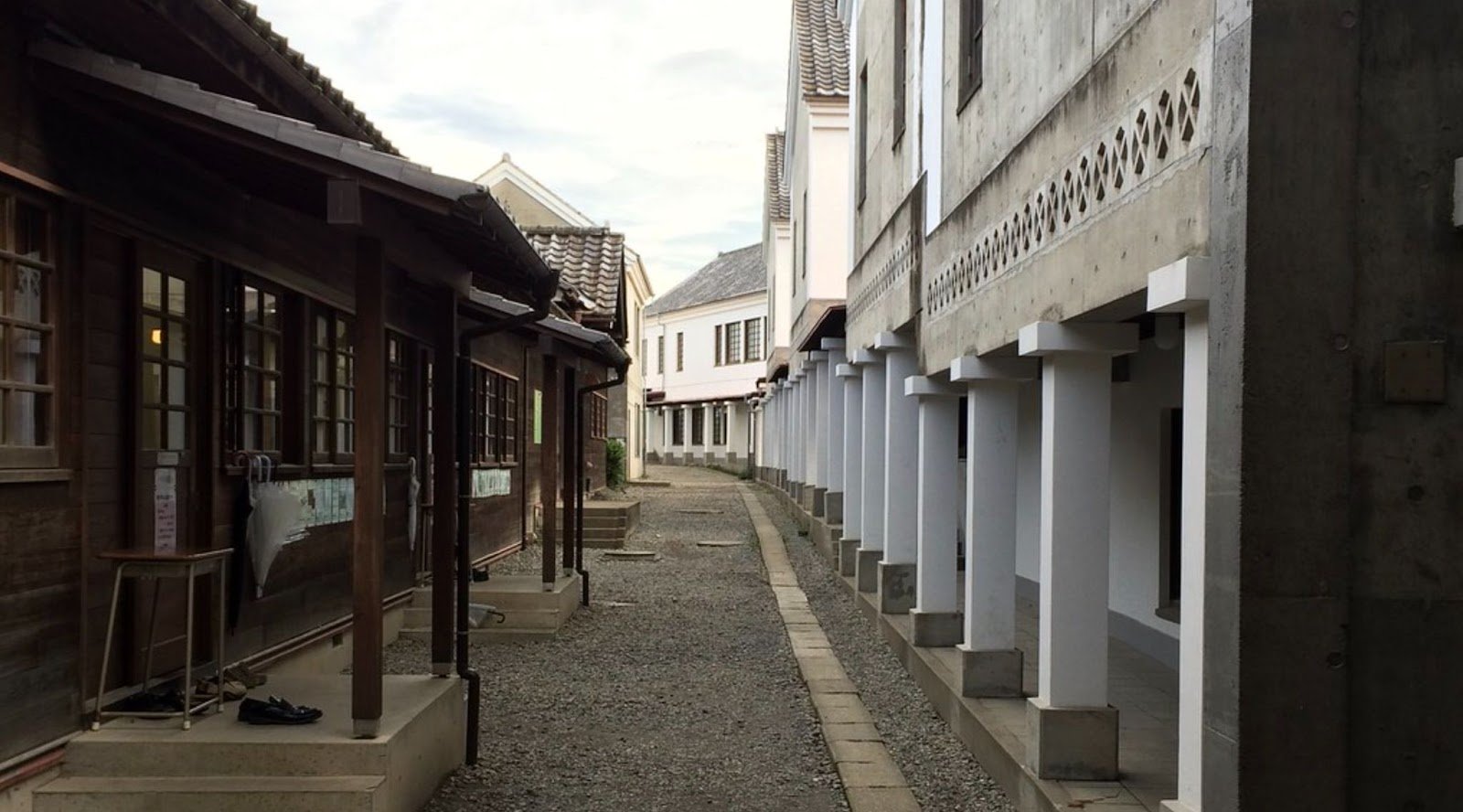
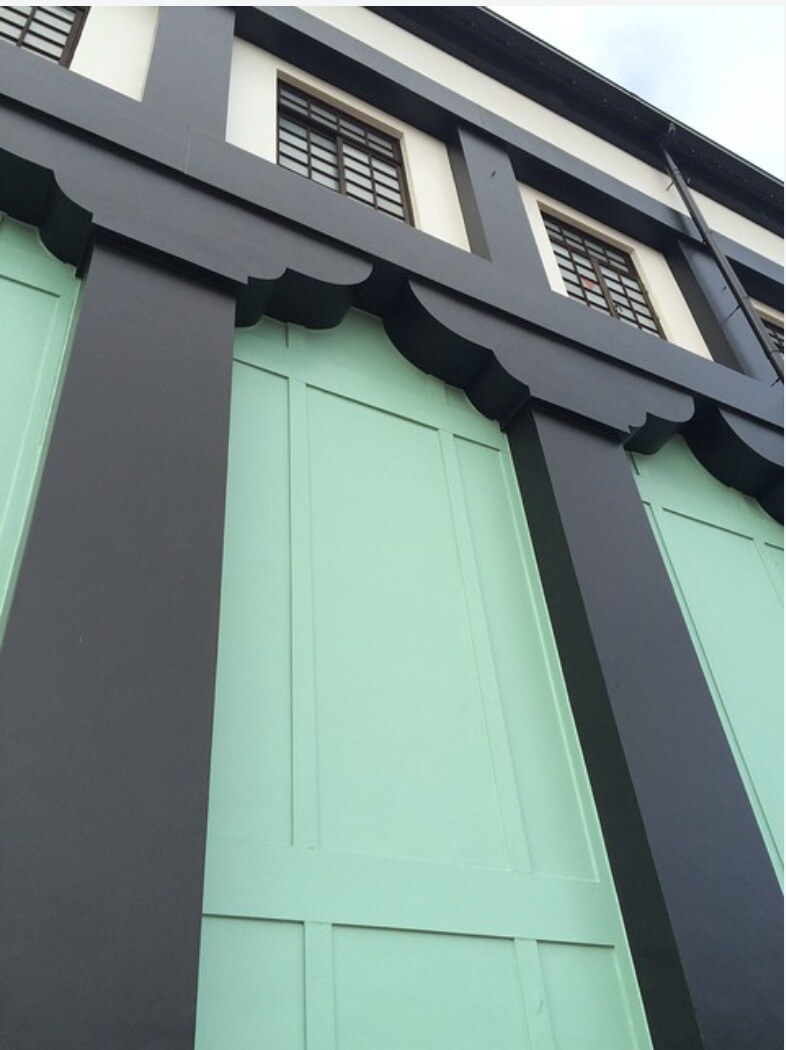

So it’s fascinating to see how he tried to put it into practice. They started with the teachers and students describing their aspirations for the school. A teacher at one point was asked: what do you see when you visualize this place? The teacher said, “Well, I visualize walking by a lake, perhaps over a bridge, gathering my thoughts before I go into the classroom.” Sure enough, the resulting school has this beautiful lake with ducks on and a little wooden footbridge where the teacher can carry out this aspiration.
The school itself, and you can see pictures of it, doesn’t look like any high school you’ve ever seen before.
OHRENSTEIN:
One thing I’ve always noted when they show pictures of the school is all the different niches.
I learned about Alexander, actually, from a computer programmer who designed his own house in Miami on “Alexandrian” principles. It was a cool kind of Key West style house. But in applying Alexander’s philosophy, what he did was make sure that you could inhabit every space, and that every space was its own thing. Let’s take the transition. There’s a porch between the indoors and outdoors. It’s a transition space you can inhabit. Then the window ledges are all thick enough so that you can set a coffee mug down on the ledge. A small detail. Then you think about the passages between different rooms. It’s not just a tiny wall, it’s like maybe a three foot thick arch between different rooms, that creates this zone between rooms and these proper transitions. Making every space its own is something he took directly from Alexander, and he built a super-sustainable house. It was really interesting to see how using this philosophy made a richer space.
So with the Eishin campus, you can see that there’s not just like a chain-link fence between the outside world and the campus. In a proper community, you have a gateway, a real defined entrance:
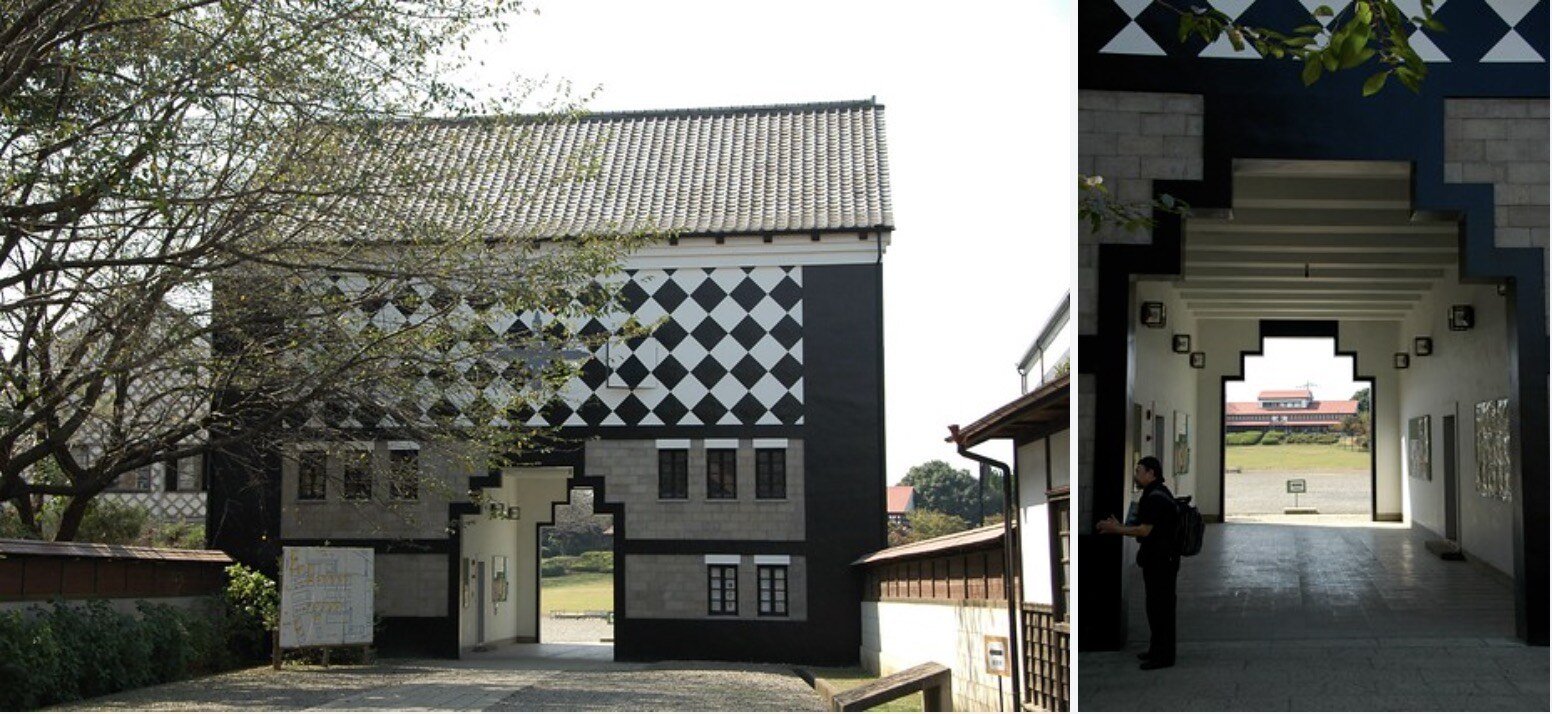
Then around the campus, you see all of these different alcoves and arches that are thick enough for two to three students to kind of hang out in. One big thing is built-in benches. It’s a detail that’s almost been struck from modern buildings, but places with ledges where you can comfortably sit, formed out of the building. There are so many places where, let’s say there’s a planting bed—I remember this on the University of Florida campus—where the ledge or the top of the wall is slanted deliberately so you can’t sit on it. A lot of these places would be nicer were it not for an effort to keep folks away—folks who are homeless. A lot of anti-human designs emerge from that effort, poorly-shaped benches that are made less comfortable on purpose.

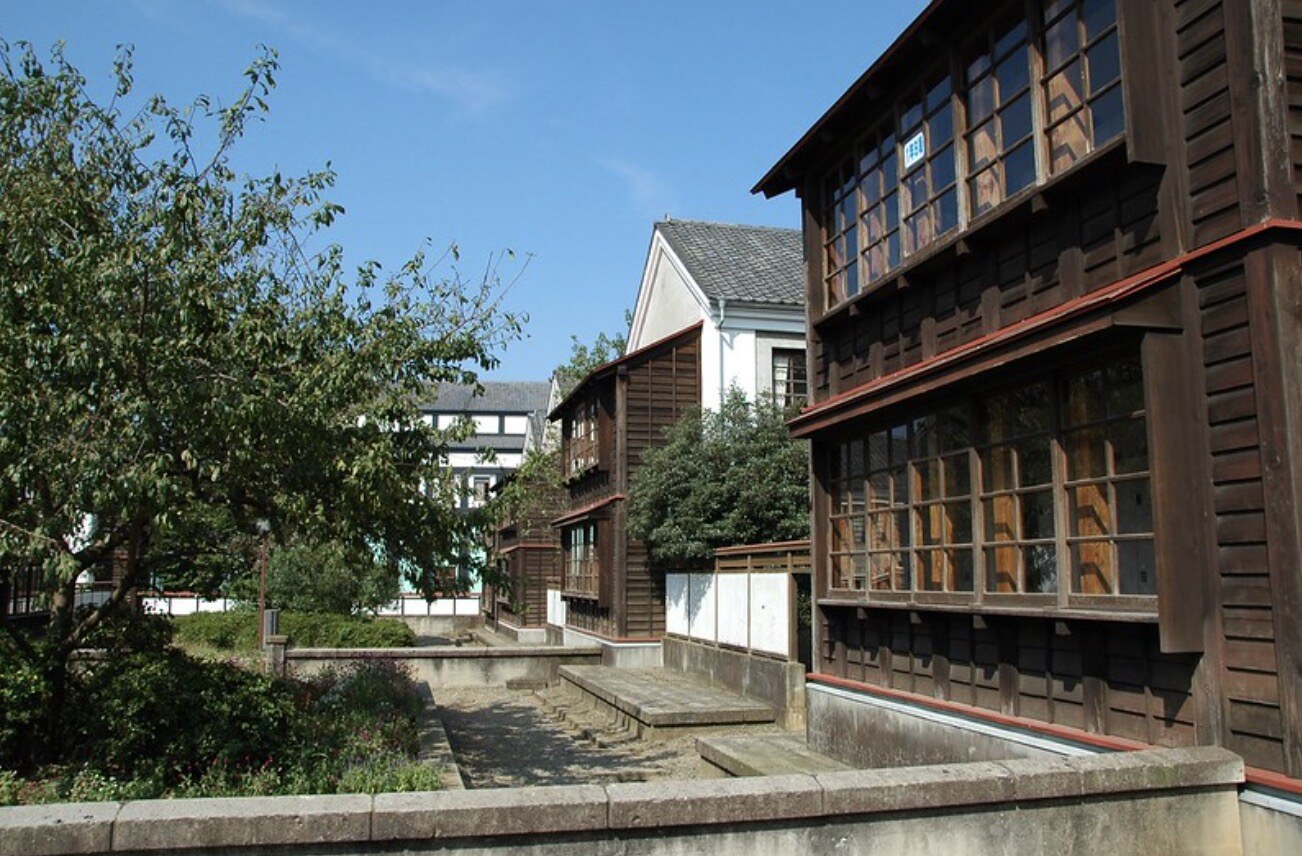
It relates back to having cities that could be more appropriate for humans to live in, based on little details. Alexander always pointed these things out. To have a valid place in the city, you need a place where you should be able to sit comfortably in the sun or shade.
ROBINSON:
You mentioned earlier this idea of being able to just build a normal building. When I first encountered Alexander’s own built work, and I think a lot of people may have this feeling, because he has all these transformative radical ideas to change the way we live, you can be kind of unimpressed with what he actually built himself. Because it doesn’t overwhelm you. It doesn’t blow you away. It took me a while until I appreciated the modesty of it. The things he did don’t necessarily draw attention to themselves, you could pass by something Alexander had designed without knowing it, even though it would be improving your experience in tiny, subtle ways.
He built this canopy over a farmers’ market in Sacramento, for instance. You can see when you think about it what an incredible difference it makes to the space, because as you’re walking through the farmers’ market, you’re in this leafy corridor. But you wouldn’t necessarily think of it as “Architecture.” Same with the school. It doesn’t necessarily catch the eye. He’s critical of architects who are trying to make things that go, “Look at me, I’m a big piece of bold, striking architecture.”

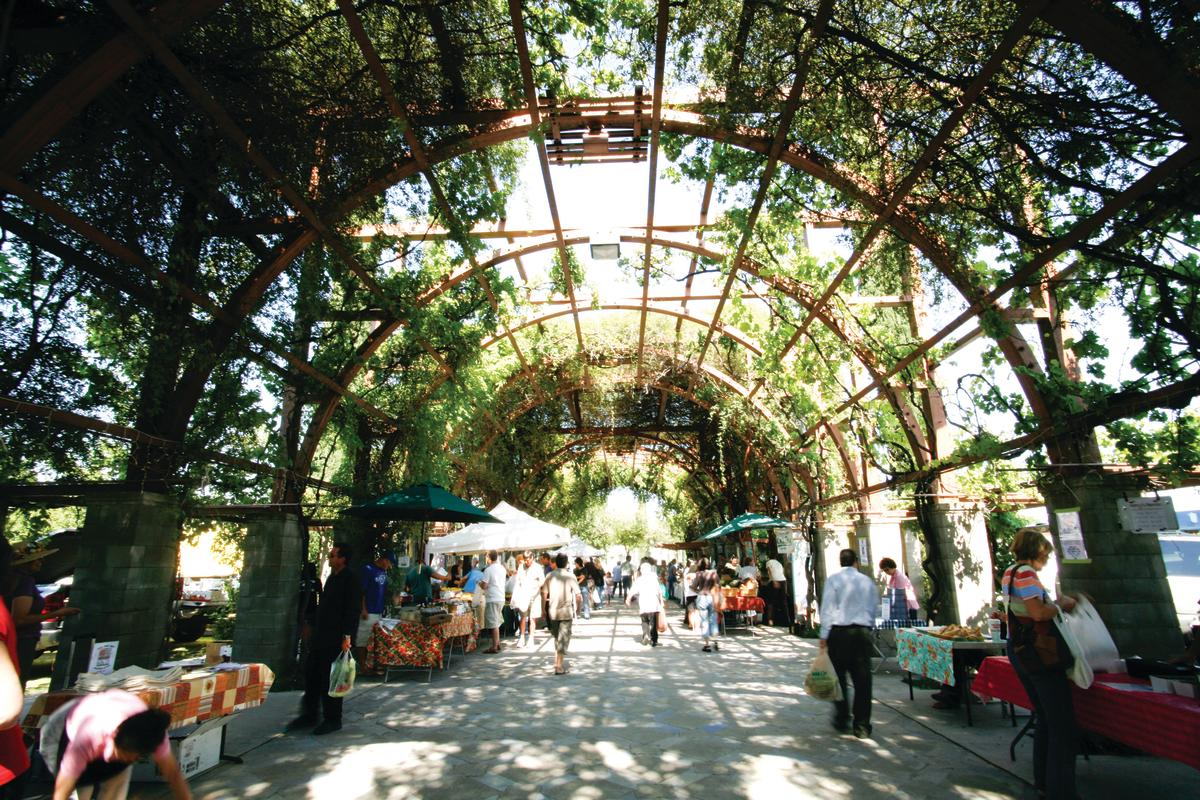
OHRENSTEIN:
He deliberately tries not to be egotistical. It’s not the Howard Roark model of architecture. And if you look at the drawings and the photographs, there’s a spatial richness, a deep interlocking of spaces. It’s not something that leaps off the page or looks good in the glossy magazine. There’s an embeddedness or richer order that is very subtle, but powers the whole project.
ROBINSON:
The third contribution you say he made was this idea of a pattern and pattern language, and since we haven’t discussed that yet, I do think we ought to have you define it, since A Pattern Language is his best-selling book.
OHRENSTEIN:
Architectural patterns have been around for a bit, but Alexander wants to define what makes cities worth living in, what makes human experience richer, what makes them nice and habitable. So the book carries you through 253 different “patterns.” And at every level, it scales all the way from “City-Country Fingers”—where there’s a finger of a mile of city and then a mile of country so you’re never more than a 15-minute walk or so from the country—down to there should be light on two sides of every room for the best lighting. There are construction details like the height of the window sills to let in the most light—low sills is better. So there are details of urbanism, individual buildings, and construction details.
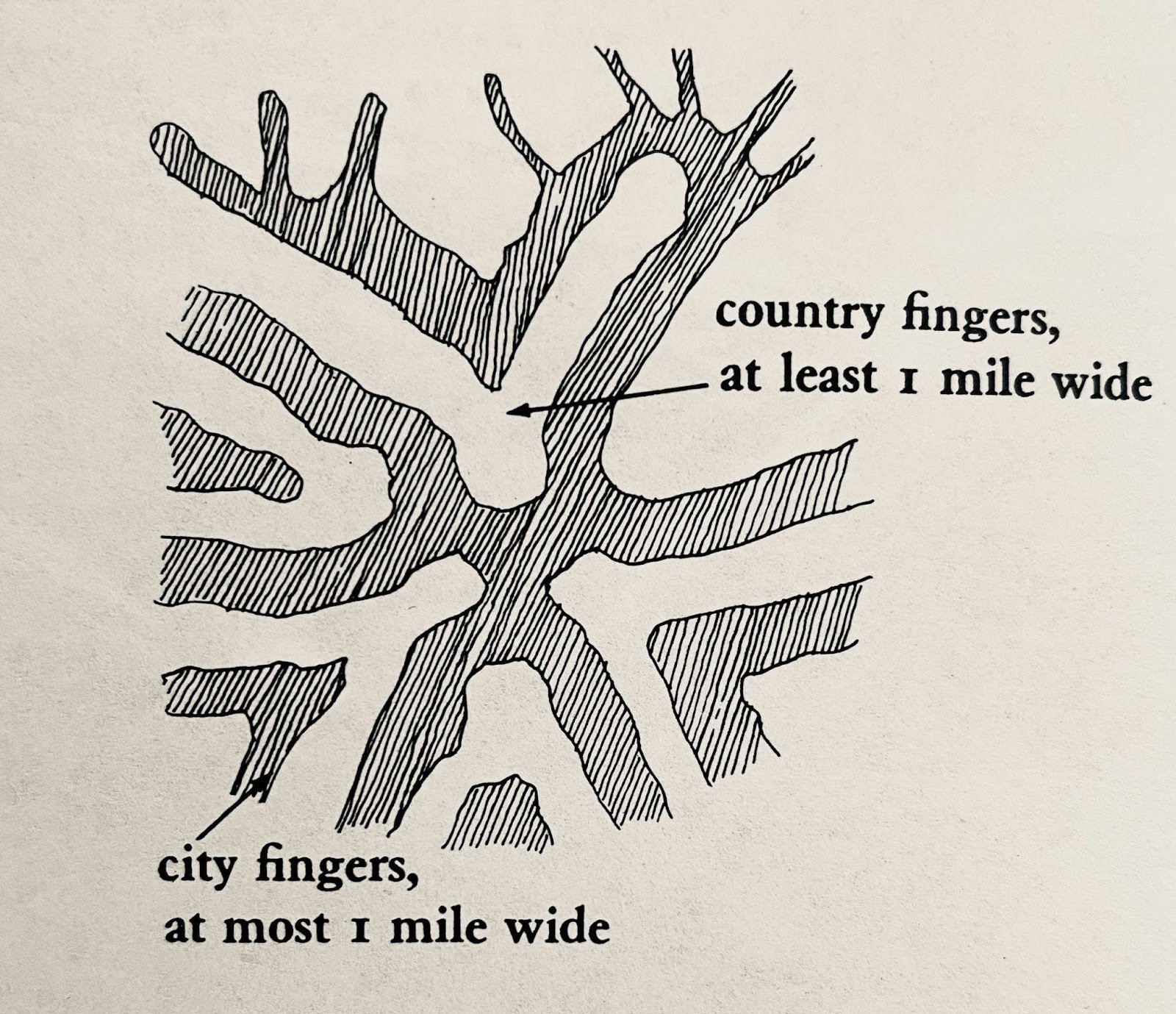
A pattern solves a particular problem at a particular scale. It connects to the pattern language, with a little blurb at the front of each pattern telling you the larger patterns that it complements and helps build, and the smaller patterns that fit within it and it harmonizes with.
This is kind of the first instance of the use of hypertext format, if you think about the structure of the book. The wiki format originates from this kind of language, interweaving nested concepts and patterns throughout. People like Will Wright in creating The Sims followed the pattern language as well. A lot of people who appreciate Alexander are computer scientists and programmers.
To implement a pattern language, you go to a site, you sit down, you have some kind of relaxing drink, and imagine what patterns might be layered into it to generate kind of the code or DNA of the community. You can pose a pattern language like a poem. So you’d think about the City-Country Fingers [Pattern #3], and then a Work Community [Pattern #41]. Within one of the neighborhoods, you’d have a Main Gateway [Pattern #53] that leads into it. Each of the work communities has a square out front, they cluster to form a square [Pattern # 37], but there’s a quiet back. Everyone has their own kind of individual space, and the rooms or the offices have light coming in from two sides [Pattern #159]. And you can imagine Pools of Light [Pattern #252]. So you can imagine weaving together a community. This is very separate from the details or rebuilding a road, or building up, with the cross-section of a wall and all the different places the bolts and whatnot fit in. But it’s how you structure the space and create a code for the community.
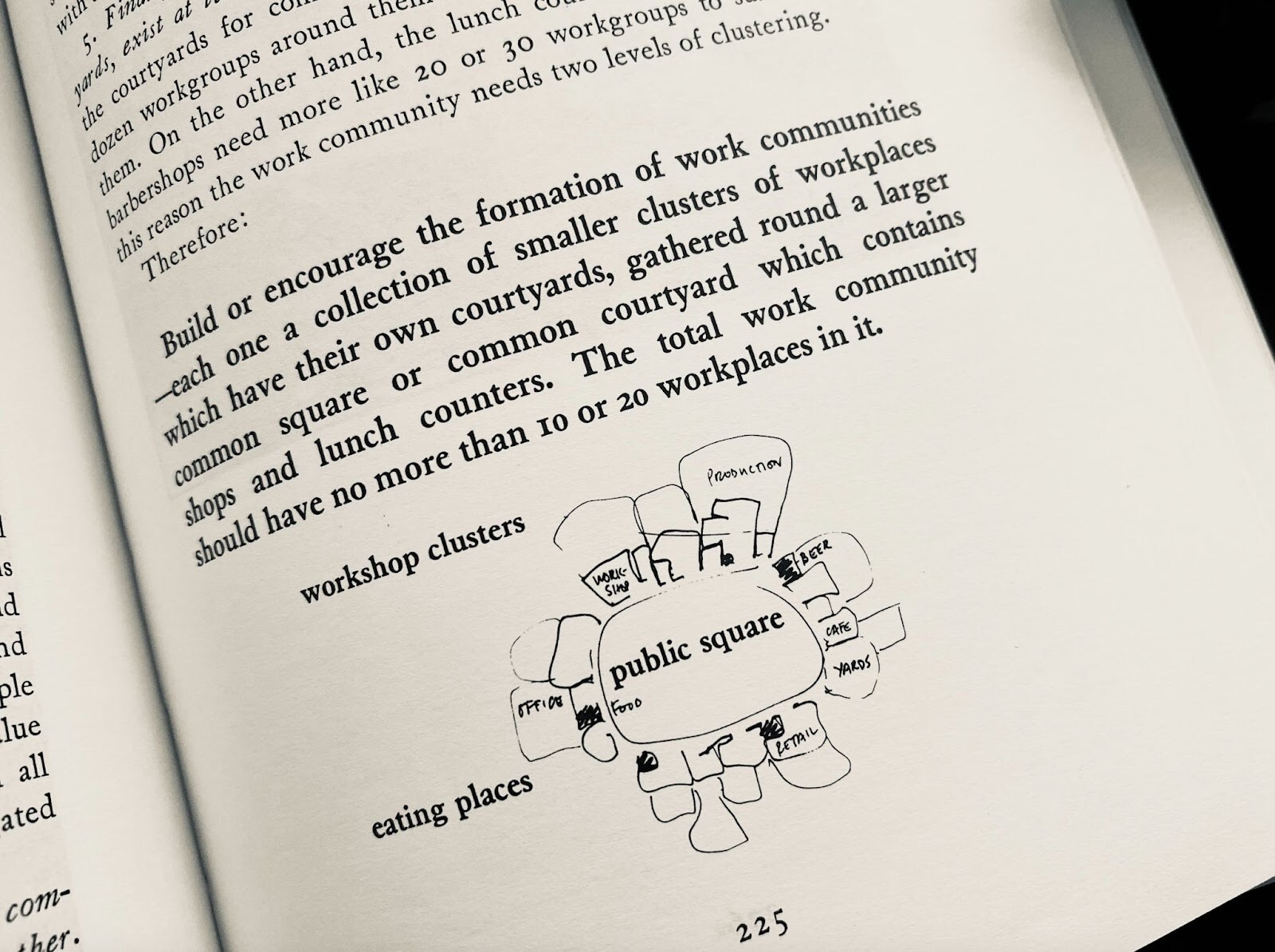
That kind of richness you can see wherever you are. When you think about great communities, like the New Orleans French Quarter or South Beach in Miami, they’re not the work of one individual architect. They’re the work of several architects—Miami Beach has 25—sharing the same pattern language. So we get these cool Art Deco buildings in South Beach, with the eyebrows and the bas-reliefs and etched glass and all that—this is a kind of language that they developed to create their community.
Alexander’s point is that in the past, when building stuff was more relatable to most people, how to build your own house, communities shared this language and had intuitions about what made a good community. But as new forms of building technologies developed that required more specialization, these languages became lost. So he and the team he worked with—we should mention that he was never working just by himself, he was always working with a team of supporters and students—attempted to reestablish what a pattern language could be for communities. More recently there was a book by Michael Mehaffy called A New Pattern Language for Growing Regions that tried to fill out some of the gaps—as a transportation engineer, you notice that in the original, there’s not a lot about roads. But the idea is that you’re supposed to discover your own patterns.
Reestablishing these languages is important. Jane Jacobs writes in her last book, Dark Age Ahead, and you can’t say she was wrong, that the Dark Ages set in when people forget what things they’ve forgotten. The memory of what is lost is itself lost. It kind of got to that point in the late ‘70s. These massive scales that had no connection to humanity, cars and trains and such, invaded and took over design thinking. We lost the basic intuitions of what urban experience should be. Like what should cities be like? What should buildings be? The language was lost during that period of high modernism, highway building, adapting everything for cars. We lost the language for thinking of cities as art. So the pattern language is the first attempt to restore that.
ROBINSON:
Let me finish by telling one of my favorite Christopher Alexander stories. At one point in his career, he was offered the opportunity to interview at Cambridge University for the position of Chair of the Department of Architecture. He went into the job interview with the entire faculty of the architecture school, and one of the questions they asked him was: if you were the chair of the Cambridge University architecture department, who would you hire for the faculty? So, like which bigwig professor from elsewhere would you poach? And he said “Well, the first hire I would make is a carpenter.” They thought he was joking. They were very skeptical. And he said “No, I’m serious.” Because his entire philosophy was that architects needed to understand how things are really made and be part of it. So he would try to reshape the department to get more in touch with the experience of making things. He says that they interrogated him about this, and everyone was a little bit annoyed and felt he was kind of wasting their time and avoiding their question, and he says eventually someone said, “Okay, Mr. Alexander, we’re convinced. You can have your carpenter. Let’s phrase it this way: after you hire the carpenter, who would your next hire be?” And he replied: “A mason.”
At that point, he says, the interview was over. But the point is, he was not kidding. And the fact that they thought he was kidding, that that didn’t get him the job, shows you how topsy-turvy the values are in schools of architecture. He actually has another story about when he was an undergrad studying architecture, he couldn’t understand what they were expecting him to draw, so he drew some incredibly ugly kind of parody of modernist architecture. And he was called in to meet with his professor and thought he was going to be chewed out. And the professor said, “Chris, my boy, this is exactly what we want!” Alexander says it was at that point that he concluded he was in a lunatic asylum.
OHRENSTEIN:
It’s the Corbusier cult. But you don’t have to be a member. Alexander’s books have much to teach us and his work is not yet complete. And anyone’s welcome to hop in and participate.
ROBINSON:
That’s the wonderful thing about it. It’s very deeply empowering. It has this message that you’re allowed to have an opinion. You’re part of the making of things. If you don’t like a place, if you think it’s ugly, that’s a valid opinion.
OHRENSTEIN:
Yeah. You don’t have to check your opinion with the turtlenecks.




